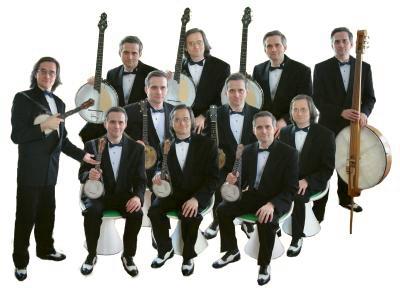
In the previous post on adding music to your podcast, I talked much about how I would add something like a theme music or a jingle to a podcast. Today I will talk about using background music.
Background music can be tricky business, so here are a few things to think about:
Add the right kind of background music. If you’re going to have yourself (or someone else) talking over the background music, then make sure that you pick music that doesn’t interfere too much with the voices. Enormous string sections playing under metal guitars and huge war drums might not be the way to go. And stay away from too much vocals. A simple drumbeat with a bass or a little synth might sound a little boring by itself, but it won’t steal the thunder from your voice.
Think about the volume. I have mentioned in the past how you can often find podcasts that are so badly recorded that it’s actually hard to hear what the person is saying. Add to this too loud background music and you’re heading straight for something un-listenable. So what is the correct volume? Depends on the material. But in my opinion it’s definitely better to have it too low than too high.
Don’t be afraid to automate the volume. This is mixing 101. If the music is a little loud in some parts, the voice is a little low or a combination of the two, then you don’t need to lower/raise the overall volume. Instead automate it for that part. Just keep in mind that the overall volume of the output should not hit the red, so this could be a matter of lowering one track and raising another. If you’re thinking ducking at this point, then it might come out sounding very odd. But if you like to try it, then go ahead.
Enter the EQ. Any audio engineers favorite tool, the EQ, could be helpful as well. If everything sounds muddy then try cutting some frequencies and boosting others. The human voice don’t have much of interest below 200hz but there will still be sounds there that can muddy things with basses and what not. You probably should be a little careful with the EQ if you’re not used to it, but it could turn out to be one thing that will make the whole thing sound a lot more professional.
Stay tuned for tips on looping.
Originally posted on December 6, 2007 @ 7:46 am